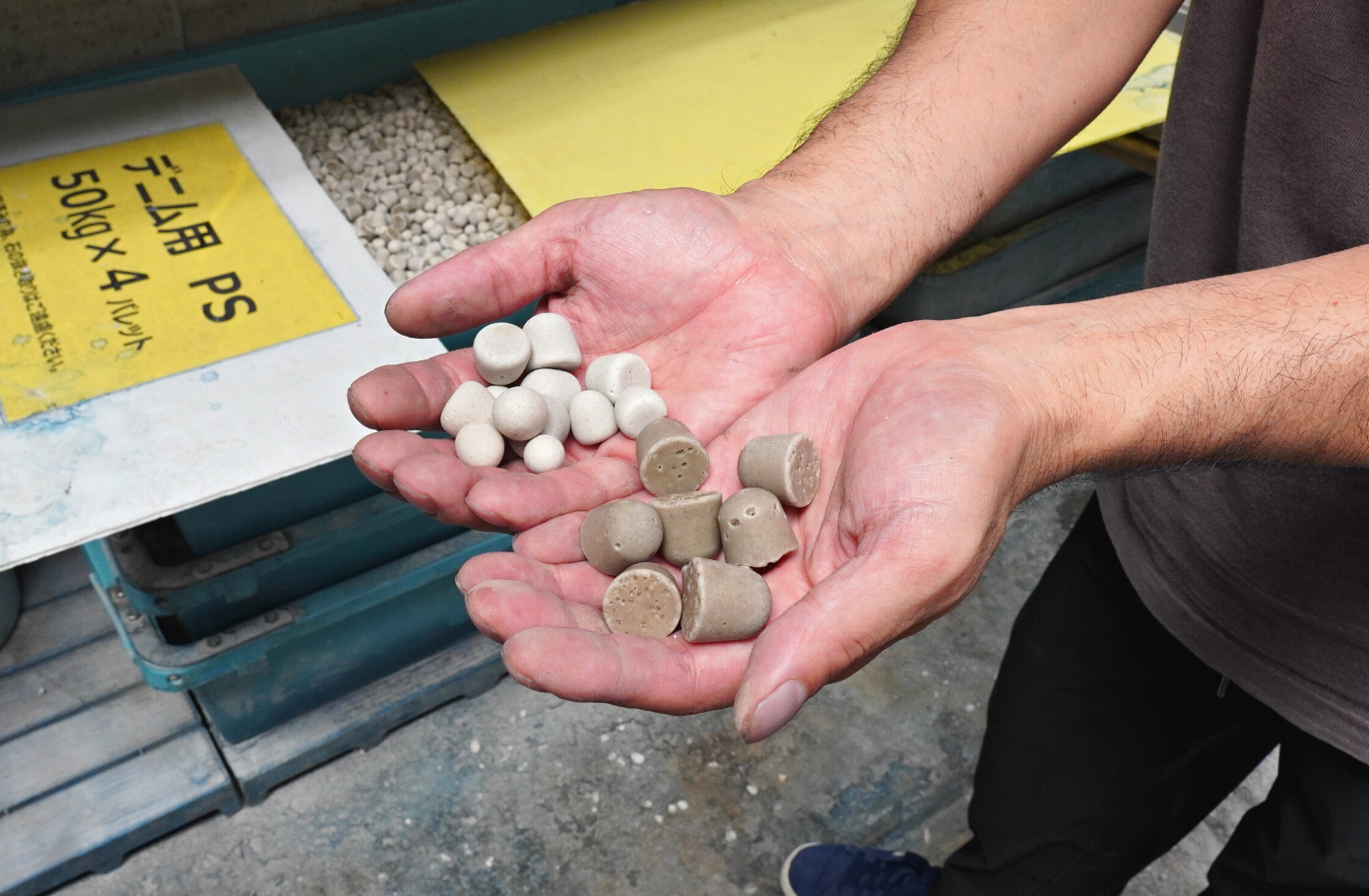
The modern textile industry and general manufacturing is most often not synonymous with sustainable practices or principles. The relatively recent rise of fast fashion has greatly contributed to worldwide pollution, and at its current rate will continue to affect our ecosystems globally for years to come, that is, if changes are not duly made. Many estimates suggest that the global fashion industry is responsible for over 10% of global carbon emissions, and on its current trajectory, has the potential to grow to over 24% of the global carbon budget in the next 40 years. Fast fashion brands give little thought to preserving existing materials by reusing, recycling, or upcycling, and therefore it is also estimated that the effects of fast fashion produce around 92 million tons of material waste every single year, as well as contributing to local water pollution due to the mass use of toxic dyes and bleaches.
However, recent movements within the textile industry in Japan have been pioneering new ways both businesses and consumers interact with textiles in ways that are both beautiful, appealing, as well as sustainability focused.
Within Okayama Prefecture in the southern part of Japan’s main Honshu island, textile manufacturers have been combining modern and traditional production concepts in order to create textiles and garments that will leave little to no impact on the environment. These projects are the culmination of the old and the new; both traditional and contemporary manufacturing techniques that are being strategically blended in order to maintain the integrity of Japan’s textile tradition while ensuring there is no damage to the local ecosystem.
Recently SEUVAS, a canvas brand local to Okayama and its well-known Kojima district, is paving the way in how this new concept in manufacturing is being employed today. The idea is simple but robust; create long lasting, durable, reusable and recyclable garments which are made sustainably from start to finish. SEUVAS has brought together local craftsmen from the surrounding areas to engage in this production ethos.
They source their canvas material directly from Takeyari Canvas, a well renowned and respected institution that has been operating in Okayama for over 100 years. Their extremely high quality canvas is produced using a waterless manufacturing method, and because they work directly with the artisans at SEUVAS, the reusability and repairability of garments made from these materials is greatly increased. Owing to the resilience and durability of this canvas fabric, the sustainable nature of these garments is also due in large part to the sheer longevity of the clothing itself. Long lasting, lifetime garments ensure, simply, that less products are needed to be made, less materials are used, and therefore there is a net reduction in environmental impact.

The sustainable nature of these garments also goes far beyond the construction itself, but also from the core brand concept and design of the garments. These rugged canvas garments are meant to be experimented with, modified, and built on. If the garment is made dirty in some way, it is meant, by design, to be redyed or reworked so that it can stay with the wearer and look beautiful for years to come. This emphasis on pushing the product owners to engage with the textiles themselves, further brings them in contact with the garment building experience and brings awareness to the need for sustainability in this historical industry.
In the past, the rivers of Kojima ran red with pollutants from the surrounding factories. Today, the environments have completely reverted back to their former glory. Meanwhile, SEUVAS along with their community of craftsmen, is pushing to bring the philosophy of sustainability in design and production around the world. By virtue of the locally focused production process of this collective of artisans, every aspect of a garment's construction is controlled and accounted for. This includes the locally sourced natural dyes as well. A five minute drive away from the SEUVAS sewing facility is the legendary Howa dye house. Through their recent collaborations, the artisans at Howa have begun to rejuvenate the traditional Japanese art of botanical dyeing. These all-natural, chemical free dyes are being integrated into SEUVAS canvas garments in order to breathe beautiful and dynamic color into these garments while fully maintaining an ecologically sustainable process.
This push to create a sustainable production process was rife with challenges, trials and tribulations, and still has many long roads ahead. However, the effects of these changes can already be seen in the local landscapes of Okayama, as well as in the garments themselves. These projects are works of art with a greater purpose; merging beauty with clear realworld benefits. The innovations in clothing being made in the heart of Japan’s textile industry are a testament to where the industry at large is headed. These garments send a message and tell a story that needs to be heard.
Story by Jack Goldman
